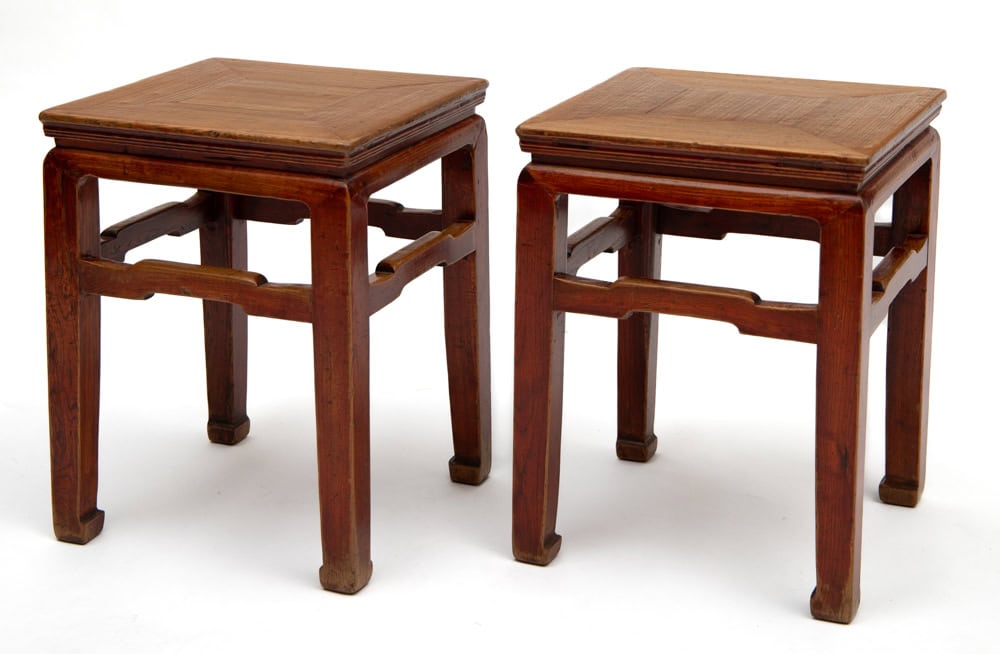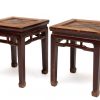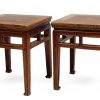Square stools with humpback stretchers
$1,650.00
Price is for pair of stools
Early 20th century
- elm
- 36cm W x 36cm D x 49cm H
Sturdy and practical additional seating or tables beside the bed or couch.
1 in stock
Make an EnquiryNote: Shipping of art is free in Australia



